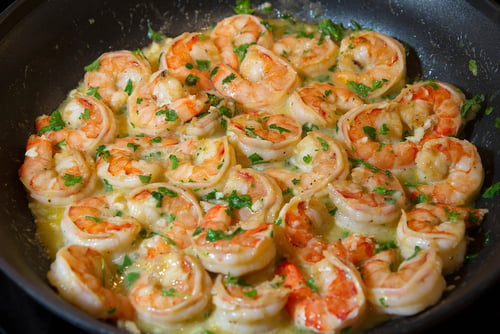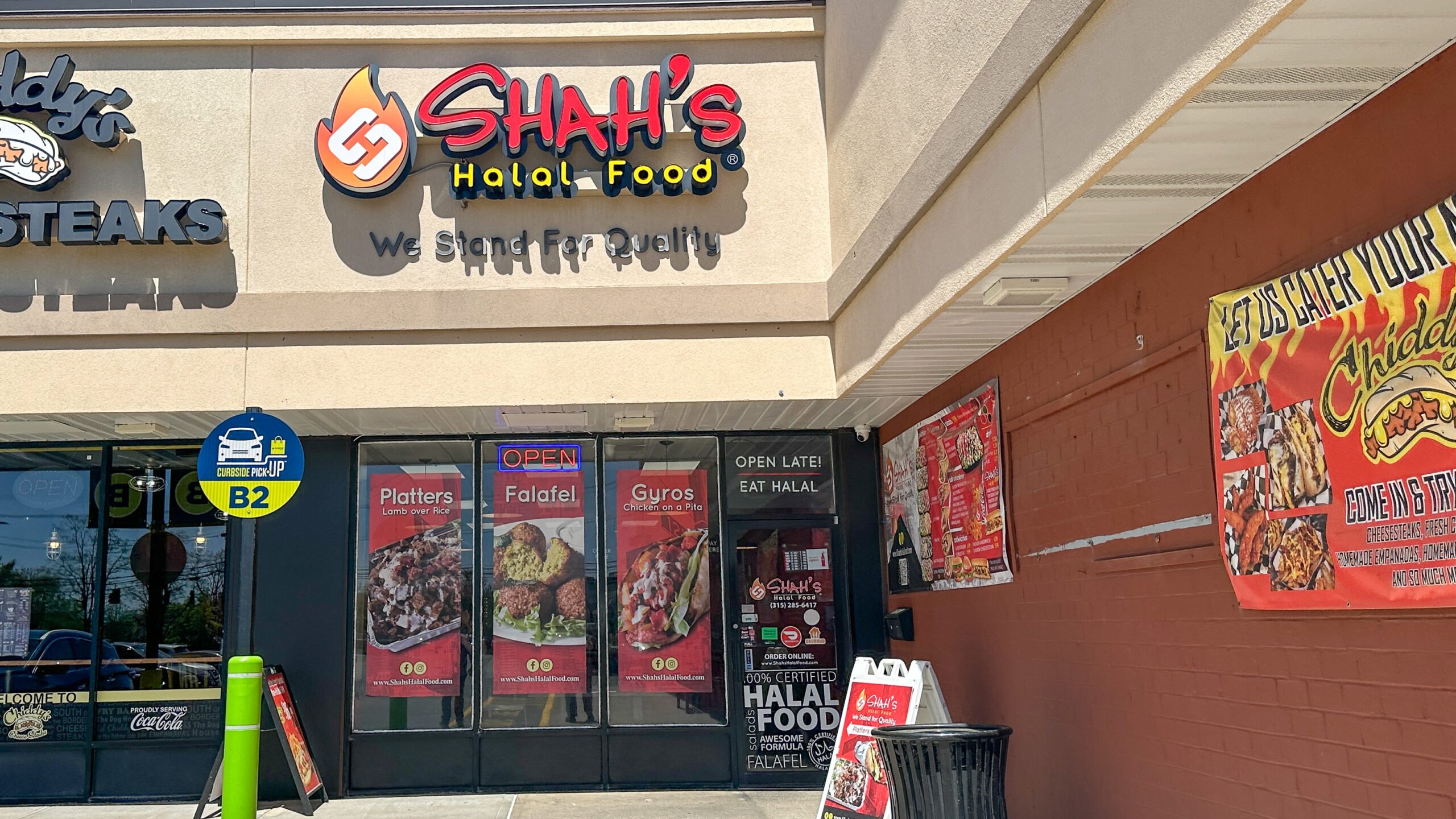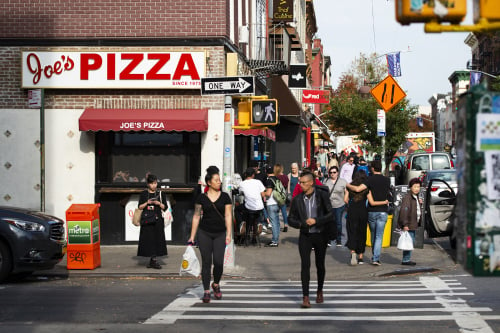
Chicken Parmesan: A Complete Beginner’s Guide
The Story Behind This Beloved Dish
Chicken Parmesan has quite the journey from Italy to your dinner table! The original dish, “Melanzane alla Parmigiana,” featured layers of fried eggplant, tomato sauce, and cheese, and was created in southern Italy centuries ago. However, the chicken version we know and love today is actually a beautiful example of how immigrant families adapted their traditions to their new homes.
When Italian families arrived in America during the great immigration wave of the late 1800s and early 1900s, they brought their cherished recipes with them. But there was a problem – many of the ingredients they were used to cooking with were either unavailable or extremely expensive in their new country. Eggplant was hard to find and costly, but chicken was plentiful and affordable in America.
These resourceful home cooks began experimenting, substituting chicken for eggplant in their beloved parmigiana recipe. What emerged was something entirely new – a dish that honored their Italian heritage while embracing their American reality. By the 1950s, Chicken Parmesan had become a cornerstone of Italian-American cuisine, served in restaurants from New York’s Little Italy to family dinner tables across the country.
The dish represents the beautiful fusion of old-world techniques with new-world ingredients, creating comfort food that spans generations. Today, it’s hard to imagine Italian-American cuisine without this golden, crispy, cheese-covered masterpiece.
Your First Chicken Parmesan: A Step-by-Step Journey
Don’t worry if you’ve never made this before – I’m going to walk you through every single step, and by the end, you’ll have a restaurant-quality dish that will impress everyone at your table.
What You’ll Need
For the Chicken:
- 4 boneless, skinless chicken breasts (about 6-8 oz each)
- 1 cup all-purpose flour
- 2 large eggs
- 2 cups Italian-seasoned breadcrumbs
- ½ cup grated Parmesan cheese (the kind in the green container works fine)
- Salt and black pepper
For Assembly:
- 2 cups good marinara sauce (store-bought is perfectly fine)
- 8 oz fresh mozzarella cheese, sliced into ¼-inch thick pieces
- ¼ cup olive oil for frying
- 1 lb spaghetti or your favorite pasta
- Fresh basil leaves for garnish (optional but beautiful)
Before You Start: Setting Up for Success
First, let’s talk about organization – this is key to not feeling overwhelmed. Clear a large area on your counter and gather all your ingredients. You’ll be working with raw chicken, so have a designated spot for this and plan to wash your hands frequently.
Get three shallow dishes ready – pie plates or large bowls work perfectly. You’ll also want a large plate or baking sheet lined with parchment paper where you can place your breaded chicken pieces. Trust me, having everything set up before you start will make this so much smoother.
Step 1: Preparing Your Chicken (The Foundation of Great Chicken Parm)
Here’s where many people get nervous, but there’s no need to be! Take your chicken breasts out of the refrigerator about 15 minutes before you start – this helps them cook more evenly.
Now, chicken breasts are naturally thick and uneven, which means they won’t cook uniformly. We need to fix this. Place each chicken breast between two pieces of plastic wrap or inside a large zip-top bag. Using a meat mallet (or even a rolling pin if you don’t have one), gently pound the chicken until it’s about ½ inch thick throughout. Don’t go crazy with this – you’re not trying to flatten it completely, just even it out.
This step is crucial because evenly thick chicken will cook at the same rate, preventing some parts from being overcooked while others are still raw. Season both sides of each piece generously with salt and pepper. The salt will help draw out a little moisture and season the meat throughout.
Step 2: Creating Your Breading Station
Now for the fun part – setting up your breading assembly line! In your first shallow dish, place the flour. In the second, crack your eggs and beat them with a fork until they’re completely mixed – you want them smooth and uniform. In your third dish, combine the breadcrumbs and grated Parmesan cheese, mixing them together with your hands or a fork.
Here’s a pro tip that will save you from having breading-covered hands: designate one hand as your “dry hand” and one as your “wet hand.” Your dry hand handles the flour and breadcrumb mixture, while your wet hand deals with the egg and raw chicken. This system will keep you from building up layers of breading on your fingers.
Step 3: The Breading Process (Where the Magic Happens)
Take your first piece of seasoned chicken and place it in the flour. Use your dry hand to coat it completely, gently pressing the flour into the surface. Shake off any excess flour – you want a light, even coating, not a thick layer.
Next, transfer the floured chicken to the beaten eggs using your dry hand, then switch to your wet hand to turn it and make sure it’s completely coated in egg. The egg acts as the glue that will hold your breadcrumb coating in place.
Finally, move the egg-coated chicken to your breadcrumb mixture. Use your dry hand to press the breadcrumbs firmly into the chicken on both sides. Don’t be gentle here – you want that coating to really stick. You should have a nice, even layer of breadcrumbs covering the entire piece.
Place your perfectly breaded chicken on your prepared plate or baking sheet. Repeat this process with all four pieces. At this point, your chicken can actually sit for up to 30 minutes, which can help the coating set and stick even better during cooking.
Step 4: Cooking the Chicken (The Most Important Part)
Heat your olive oil in a large skillet over medium-high heat. How do you know when it’s ready? Drop a small piece of breadcrumb into the oil – if it sizzles immediately, you’re good to go. If it just sits there, wait a bit longer. If it sizzles violently and turns black, turn your heat down.
Carefully place your breaded chicken in the hot oil. Don’t overcrowd the pan – if your skillet isn’t large enough for all four pieces, cook them in two batches. You should hear a nice sizzling sound when the chicken hits the oil.
Cook for 3-4 minutes on the first side without moving the chicken. This is hard for new cooks because you want to peek, but resist the urge! Moving the chicken too early will cause your beautiful breading to stick to the pan instead of staying on the chicken.
When the bottom is golden brown (peek at the edge to check), carefully flip each piece using a spatula. Cook for another 3-4 minutes on the second side. The chicken is done when it reaches an internal temperature of 165°F, but don’t worry if you don’t have a thermometer – it should be golden brown on both sides and feel firm when you press it gently.
Remove the cooked chicken to a paper towel-lined plate to drain any excess oil. Don’t worry if it doesn’t look perfectly golden everywhere – we’re going to bake it next, which will finish the cooking and even out the color.
Step 5: Assembly and the Final Bake
Preheat your oven to 425°F while you’re cooking the chicken. Get out a 9×13 inch baking dish – this size works perfectly for four chicken breasts.
Spread about ½ cup of marinara sauce on the bottom of your baking dish. This prevents the chicken from sticking and adds extra flavor. Place your cooked chicken breasts on top of the sauce.
Now comes the satisfying part – top each chicken breast with about ¼ cup of the remaining marinara sauce. Don’t worry about covering every inch, just spoon it over the center and let it spread naturally. Finally, place 2-3 slices of fresh mozzarella on top of each piece.
Slide your dish into the preheated oven and bake for 10-15 minutes, until the cheese is melted and bubbly, and you can see some golden spots on top. The internal temperature of the chicken should reach 165°F if you want to double-check with a thermometer.
Step 6: The Perfect Pasta Partner
While your chicken is in the oven, get a large pot of water boiling for your pasta. Use plenty of water – about 4-6 quarts for a pound of pasta. Salt the water generously when it comes to a boil; it should taste like mild seawater.
Cook your spaghetti according to the package directions for al dente. This usually means about 1-2 minutes less than the package suggests for fully cooked pasta. Al dente pasta has a slight bite to it and won’t become mushy when you combine it with sauce.
Reserve about ½ cup of the pasta cooking water before you drain the pasta – this starchy water can help thin out your sauce if needed. Drain the pasta and toss it with a little bit of marinara sauce to prevent sticking.
Bringing It All Together
Remove your golden, bubbly chicken from the oven and let it rest for about 5 minutes. This resting time allows the juices to redistribute and makes the chicken easier to cut and serve.
Create a bed of your sauced spaghetti on each plate, then carefully place a piece of chicken parmesan on top. Spoon any extra marinara sauce around the plate, and if you have fresh basil, tear a few leaves over the top for a beautiful finishing touch.
Tips for Success
Don’t skip the pounding step – evenly thick chicken is the key to even cooking. Keep one hand dry and one wet during breading to avoid creating breading mittens on your hands. Don’t move the chicken too early when frying – let it develop that golden crust. Use fresh mozzarella if possible – it melts beautifully and has so much more flavor than pre-shredded cheese.
Make it ahead: You can bread the chicken up to 4 hours ahead and keep it refrigerated. You can even assemble the entire dish and refrigerate it, then bake when you’re ready to eat.
Final Thoughts
Your first homemade Chicken Parmesan might not look exactly like the photo, and that’s perfectly okay! Cooking is about practice, and every time you make this dish, you’ll get a little better at it. The most important thing is that you’ll have created something delicious with your own hands, and that’s something to be proud of.
Take a moment to appreciate what you’ve accomplished – you’ve taken simple ingredients and transformed them into a restaurant-quality meal. That golden, crispy coating protecting tender chicken, all topped with tangy sauce and melted cheese, represents centuries of culinary tradition adapted for the modern home cook.
Enjoy every bite, and don’t forget to save room for seconds!












